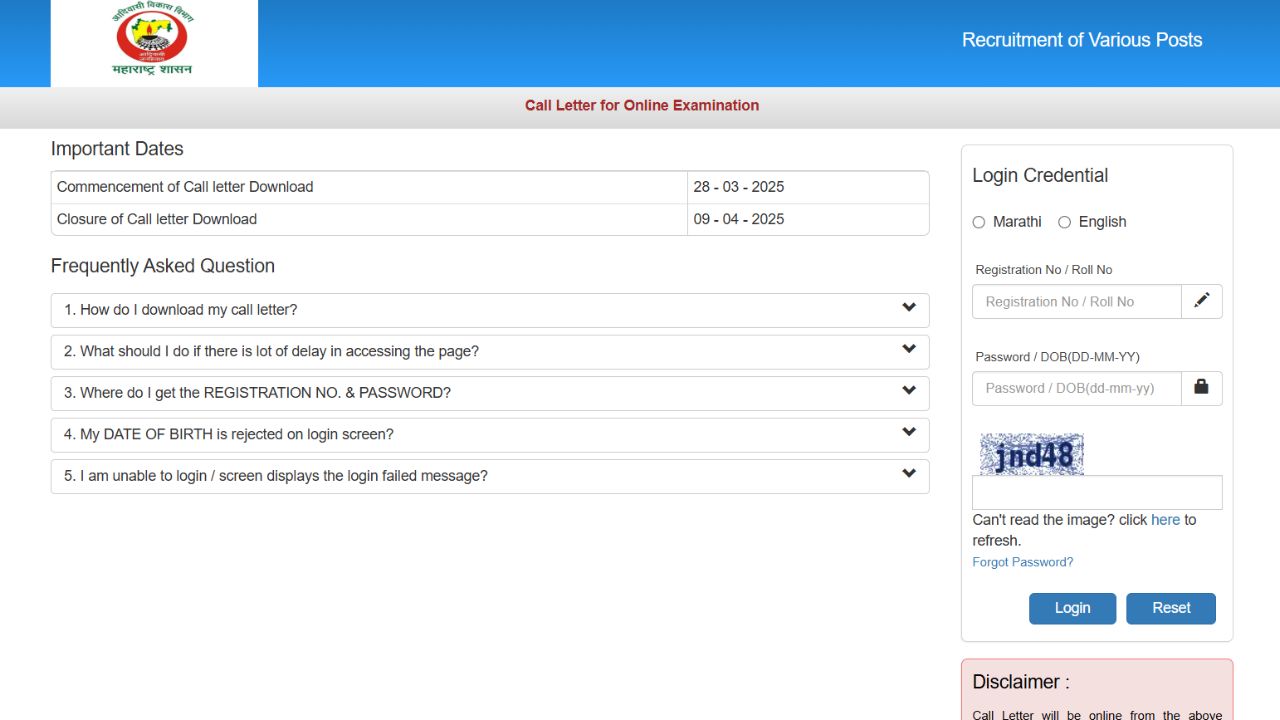In a significant move to support retirees, the Department for Work and Pensions (DWP) announced an unexpected £230 boost to the State Pension, effective April 7, 2025. This increase aims to help pensioners cope with the rising cost of living, providing much-needed financial relief. This guide offers a detailed overview of the £230 DWP payment, including eligibility criteria, payment dates, and practical tips to maximize your pension benefits. Whether you’re already receiving the State Pension or planning for retirement, this information will help you understand how this change impacts you.
Key Details of the £230 DWP Payment
| Aspect | Details |
|---|---|
| Increase Amount | Annual increase of £230, raising the full new State Pension to £11,962/year. |
| Effective Date | April 7, 2025 |
| Eligibility | All State Pension recipients, with amounts varying based on NI records. |
| Triple Lock Mechanism | State Pension to rise by 4.1%, in line with earnings growth. |
| Additional Benefits | Potential eligibility for Pension Credit for low-income pensioners. |
| Official Resources | GOV.UK – State Pension |
Understanding the State Pension Increase
The State Pension is a regular payment from the government for individuals who have reached the State Pension age and have paid or been credited with sufficient National Insurance (NI) contributions. The amount you receive depends on your NI record, with the full new State Pension requiring 35 qualifying years of contributions.

What Is the Triple Lock?
The triple lock is a government policy introduced in 2011 to ensure the State Pension keeps pace with the cost of living. It guarantees that the pension increases annually by the highest of the following three measures:
- Average earnings growth: The percentage increase in average wages across the country.
- Inflation: Measured by the Consumer Prices Index (CPI).
- 2.5%: A minimum baseline increase.
For the 2025-2026 financial year, the State Pension will increase by 4.1%, reflecting the rise in average earnings. This adjustment ensures that pensioners’ income grows in line with the general economy.
Breakdown of the Increase
The £230 boost will result in the following weekly and annual increases:
- Full New State Pension: Rising from £221.20 to £230.25 per week, an annual increase of £470.60.
- Basic State Pension: Increasing from £169.50 to £176.45 per week, an annual uplift of £361.90.
Note: The actual amount you receive depends on your NI record. Those with incomplete records may receive a proportionally lower amount. For example, if you have only 20 qualifying years of NI contributions, your pension will be calculated based on that proportion.
Eligibility Criteria
To qualify for the State Pension increase, you must meet the following criteria:
- Have reached State Pension age: Currently, the State Pension age is 66 for both men and women. However, this is set to rise gradually in the coming years, so it’s important to check your specific State Pension age using the GOV.UK State Pension age calculator.
- Have sufficient NI contributions: Typically, 35 qualifying years are required for the full new State Pension. If you have fewer years, you may still be eligible for a partial State Pension.
Even if you haven’t paid NI contributions for the full 35 years, you may be able to fill gaps in your record by making voluntary contributions. This can significantly increase your pension amount.
How to Check Your Entitlement
Understanding your State Pension entitlement is crucial for effective financial planning. Here’s how you can check:
Online
- Visit the Check your State Pension forecast service.
- Sign in using your Government Gateway user ID and password.
- View your forecast, which provides an estimate based on your NI record.
By Post
- Complete the BR19 application form available on the GOV.UK website.
- Send it to the address provided on the form.
Regularly reviewing your State Pension forecast ensures your NI contributions are accurately recorded and helps identify any gaps that could affect your pension amount.
Maximizing Your State Pension
If your forecast indicates a shortfall, there are several steps you can take to enhance your State Pension:
- Fill Gaps in Your NI Record
- If you have missing years in your NI record, you can pay voluntary contributions to cover these gaps. This can significantly boost your pension entitlement. For example, if you’ve only contributed for 30 years, paying for an additional 5 years could increase your pension by a substantial amount.
- Defer Your State Pension
- Delaying your State Pension claim can result in higher payments when you eventually start receiving it. Currently, deferring increases your pension by approximately 1% for every nine weeks, equating to about 5.8% for a full year. This can be a valuable strategy if you don’t need the pension immediately.
- Apply for Pension Credit
- If your income is below a certain threshold, you may qualify for Pension Credit, a means-tested benefit that tops up your weekly income. Pension Credit can also provide access to other benefits, such as help with housing costs, council tax, and heating bills.
Payment Dates and What to Expect
The increased State Pension payments will commence from April 7, 2025. The specific day you receive your pension depends on the last two digits of your National Insurance number:
| NI Number Ends With | Payment Day |
|---|---|
| 00 to 19 | Monday |
| 20 to 39 | Tuesday |
| 40 to 59 | Wednesday |
| 60 to 79 | Thursday |
| 80 to 99 | Friday |
For example, if the last two digits of your NI number are 45, you will receive your payment on Wednesday. Payments are usually made every four weeks into an account of your choice, such as a bank or building society account.
Frequently Asked Questions (FAQs)
- Who qualifies for the £230 State Pension increase?
All individuals receiving the State Pension as of April 7, 2025, will benefit from the increase. This includes those on the full new State Pension and the basic State Pension. - How can I check my State Pension amount?
You can check your State Pension forecast online through the GOV.UK website or by completing the BR19 form and sending it by post. - What is the triple lock mechanism?
The triple lock ensures the State Pension increases annually by the highest of average earnings growth, inflation, or 2.5%. This policy helps protect pensioners from the eroding effects of inflation and ensures their income keeps pace with the economy. - Can I increase my State Pension amount?
Yes, you can increase your State Pension by filling gaps in your NI record, deferring your pension, or applying for Pension Credit if you’re on a low income. - When will I receive the increased State Pension payment?
The new rates take effect from April 7, 2025. Your payment day will depend on the last two digits of your National Insurance number.
Conclusion
The £230 DWP payment for State Pensioners is a welcome boost to help retirees manage the rising cost of living. By understanding your eligibility, checking your entitlement, and exploring ways to maximize your pension, you can ensure you receive the support you deserve. Whether you’re already receiving the State Pension or planning for retirement, this increase provides an opportunity to enhance your financial security. Don’t miss out on this valuable assistance – take the necessary steps today to secure your financial future. For more information, visit the official GOV.UK State Pension page.






